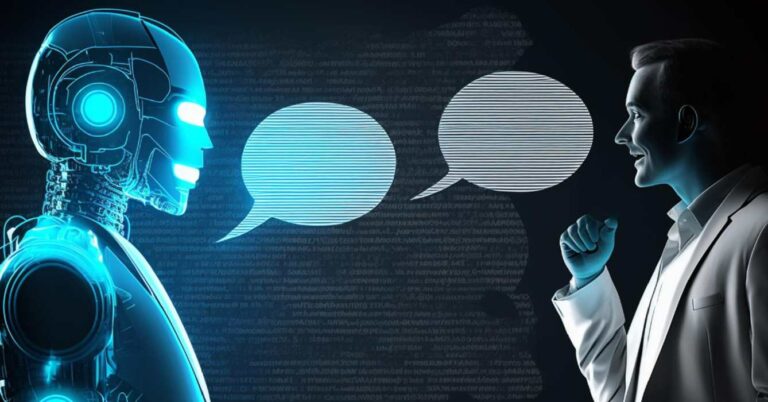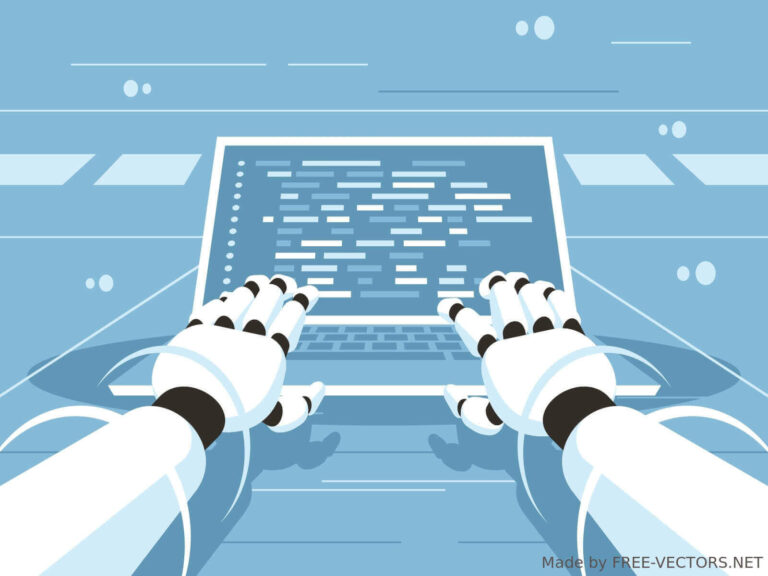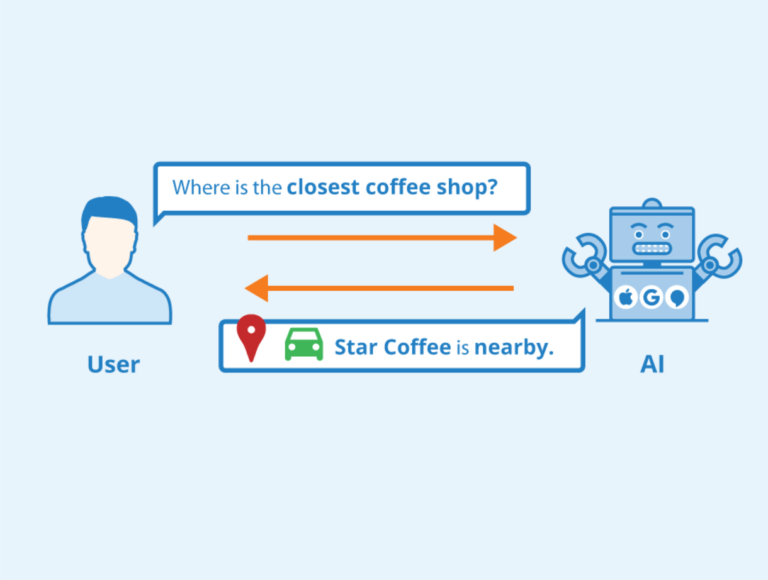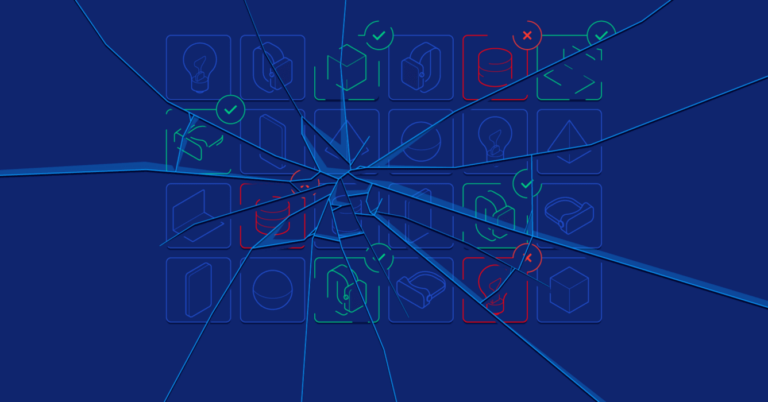AI Voice Cloning: How it works and key details
xplore the groundbreaking world of AI Voice Cloning in this blog. Read on to discover the marvels of the various technologies replicating human speech. Plus their potential creative and business applications.

AI voice cloning is no longer science fiction, but a rapidly evolving reality. The possibility to replicate any human’s voice with ease and high accuracy is here to stay.
Imagine having your favorite author’s work read out to you in his own voice. Or favorite bedtime stories read to you in your parent’s or grandparent’s voices, even long after they are gone. AI voice cloning has a lot to offer to our personal and business lives.
So, whether you’re a tech enthusiast, a creative professional, or a business owner looking for ideas, this post aims to examine the various applications and possibilities that AI voice cloning holds for your personal and business needs.
History Of Speech Synthesis
Vocal or speech synthesis is nothing new; researchers have been trying to make machines with realistic-sounding human voices for a very long time. However, the development of digital signal processing in the past 20th century helped accelerate speech synthesis development.
Here are some of the major events:
- 1930s: The Vocoder is developed by Bell Labs to analyze speech into its fundamental tones. Homer Dudley, who worked at Bell Labs, was able to reverse the Vocoder into the Voder, a speech synthesizer with limited abilities. Which, however, demonstrated the possibility of electronic speech synthesis.
- 1970s: With ever more powerful computers came the era of digital speech synthesis. Formant synthesis and recorded waveform data were the breakthrough technologies used to recreate human-like voices.
- 1980s-1990s: Concatenative synthesis comes onto the scene. This method utilizes different pieces of a speaker’s speech to recreate new words or sentences with the original speaker’s formants (natural voice).
- 2000s: Statistical parametric speech synthesis (SPSS) emerged. It uses statistical models to represent a speaker’s vocal tract and can generate speech based on those parameters. SPSS offered greater control and flexibility in speech synthesis.
- 2010s: Neural networks took over the scene. They can be trained on vast amounts of speech data and hence can reproduce highly realistic voices with emotional expressions and nuances.
Why Clone Voices?
There are many reasons to clone voices using AI. This depends on your job or on what you are trying to achieve. Here is a look at some of these:
- Branding: For companies that need to create a unique voice to associate with their brand.
- Marketing & Content Creators: Marketers and content creators can find many creative uses of synthetic voices, such as localization at scale or style personalization to their target demographics.
- Memories of A Loved One: AI voice cloning can be used to preserve the voices of loved ones who have passed away.
- Customer Service: Companies can utilize AI voice cloning to serve their customers with the perfect customer agent at all times.
- Personalized Content: A user can personalize his content using AI voice cloning to read news articles and audiobooks, for example, in his own voice or in another voice of his choice.
- Medical Uses: From emotional support for patients to accessibility and speech therapy uses, the medical potentials are equally promising.
- New forms of Entertainment: AI voice cloning can also be used to create new forms of art and entertainment, such as synthetic singers and actors.
How AI Voice Cloning Works
Voice cloning using AI is achieved through advanced techniques that can replicate the unique vocal characteristics of a person. The process typically involves two key components: a text-to-speech (TTS) synthesis system and a deep learning-based model, which is often a generative neural network. Initially, the model is trained on a dataset containing samples of the target voice, so it can learn the nuances of pitch, tone, rhythm, and its other distinctive features.
The training process uses a diverse range of sentences and phonetic variations to expose the model to the different variations in speech, thus enabling it to grasp the intricacies of the target voice. Once properly trained, the model can then generate speech by converting any text input into natural-sounding audio that closely resembles the voice it was trained on. This synthesis is achieved by predicting the spectrogram or waveform of the desired speech.
Voice cloning models, such as Tacotron and WaveNet, have significantly improved the quality and authenticity of synthetic voices. These models leverage deep neural networks to capture and reproduce the subtleties of human speech, allowing for the creation of remarkably realistic and contextually appropriate artificial voices. As technology advances, voice cloning will continue to evolve and new techniques or capabilities might become integrated.
Legality & Ethical Considerations of AI Cloned Voices
The emergence of AI-cloned voices raises critical legal and ethical considerations that demand careful examination since issues surrounding privacy, consent, and intellectual property are important. As the generation of a synthetic voice typically involves extensive audio datasets, which may include recordings of individuals without their explicit consent, striking a balance between innovation and individual rights becomes imperative to ensure compliance with different regulations.
Ethically, the potential for malicious uses of AI-cloned voices raises concerns about deepfake audio and its many potentials. The technology’s capability to mimic voices with high precision poses many risks in terms of identity theft for fraud, impersonation of famous people and politicians, the creation of misleading content, and so on. These reasons make it necessary to establish ethical guidelines for the responsible development and deployment of AI voice cloning technology.
Furthermore, transparency in the use of AI-cloned voices is equally important to maintain trust. Users should be made aware when they are interacting with a synthetic voice, and consent should be sought before a user’s data is used for voice cloning.
Advantages of AI Voices
There are many advantages of cloning voices using AI and here are the major ones:
- Personalization: Due to their high levels of personalization, AI-cloned voices can enable businesses to tailor virtual assistants and customer service interactions to match their brand identity.
- Accessibility: People with speech disabilities can find better expression with custom AI-cloned voices.
- Efficient Content Creation: AI-cloned voices can streamline many content creation processes, such as dubbing in movies, generating voices for animated characters, and making other areas of production more efficient.
- Cost Savings: AI-cloned voices are a cost-effective solution for voiceovers and narration, as they are way cheaper than using professional human voice actors.
- Language Localization: AI voice cloning also makes it easy to localize content at scale by quickly generating voices in different languages and accents to cater to a diverse audience.
Disadvantages of AI Voices
Cloning voices with artificial intelligence also has some disadvantages. Here are the major two:
- Ethical Considerations: The ethical implications of using AI-cloned voices extend to issues of privacy, user consent, transparency, and the responsible deployment of the technology to prevent malicious uses.
- Potential Job Displacement: The automation of certain voice-related tasks using artificial intelligence cloning may create some level of job displacement for human voice actors and narrators in different industries.
How To Clone A Voice With AI
Most AI voice cloning apps make it as easy as possible to clone your voice. They will also try to verify that you are not using someone else’s voice and this can cause some delays, depending on the circumstances. Here, however, are the basic 3 steps to clone a voice with AI.
- Upload: You will first need to upload a data file containing some speech from the voice that you want to clone. The minimum length of this speech file depends on the platform that you are using. Some need just a few minutes of speech, while others need over an hour of speech data.
- Wait: Once you have uploaded the data, you will need to wait, as the platform teaches a model to speak like the user in the speech file. Again, the waiting period’s length here depends on the application that you are using.
- Edit: The system will alert you once the training is over and all you have to do now is enter some text and it will speak it audibly in the voice that you cloned. Some applications offer better editors with more features and controls than others.
List of Best AI Voice Cloning Apps
The landscape of AI voice cloning apps is rapidly evolving and new players with new features are emerging all the time. Here’s a rundown of some of the best options currently available:
- ElevenLabs: This platform boasts cutting-edge technology that delivers near-indistinguishable natural voice replicas. It even mimics subtle nuances like breath sounds and emotions. ElevenLabs is ideal for professional voice-over work and for preserving cherished voices.
- Respeecher: Another impressive platform known for its high-fidelity recreations of a target voice. It allows you to fine-tune speech characteristics such as pitch, timbre, and speaking rate.
- Murf.ai: Murf helps you make studio-quality voiceovers in minutes. It is perfect for creating engaging explainer videos, narrations, and even singing voices.
- Descript: Beyond voice cloning, Descript is a comprehensive video and audio editing suite that lets you generate realistic voices for videos and podcasts.
- Resemble AI: Enterprise-grade voiceover platform for creating speech-to-speech, text-to-speech, neural audio editing, and language dubbing.
- Rask AI: A one-stop-shop localization tool for 130+ languages.
- Clony AI: An innovative voice and face cloning app that allows users to create lifelike clones of friends and family.
- Listnr: Easy-to-use AI voice-over tool with cloning features that works in 142 languages and comes with over 1,000 realistic and ready-to-use voices.
Resources
- Speech Synthesis: https://en.m.wikipedia.org/wiki/Speech_synthesis
- Deep Learning on Coursera: https://www.coursera.org/specializations/deep-learning
- Tacotron 2: https://pytorch.org/hub/nvidia_deeplearningexamples_tacotron2/
- Google Cloud Text-to-Speech Documentation: https://cloud.google.com/text-to-speech/docs
- Speech and Language Processing: https://web.stanford.edu/~jurafsky/slp3/
- Udacity NLP Course: https://www.udacity.com/course/natural-language-processing-nanodegree–nd892
- Are AI Voices Legal?:https://www.voices.com/blog/ai-voices-legal/
Conclusion
Wrapping up this post on AI voice cloning and its numerous applications and possibilities, you will agree that this is much more than just technology, because AI voice cloning already touches various areas of our lives and is bound to continue growing.
Where we go from here, though, no one might know for sure. But given the fast pace of developments in this AI field, more breakthroughs should be on the way.





